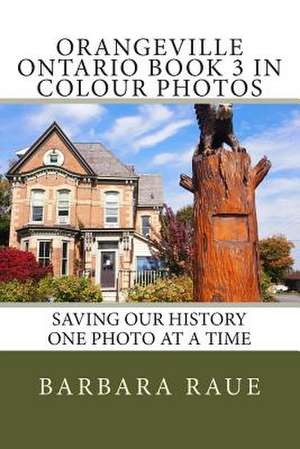Orangeville Ontario Book 3 in Colour Photos
Autor Mrs Barbara Raueen Limba Engleză Paperback
Preț: 90.64 lei
Nou
Puncte Express: 136
Preț estimativ în valută:
17.34€ • 17.89$ • 14.47£
17.34€ • 17.89$ • 14.47£
Carte disponibilă
Livrare economică 06-20 martie
Preluare comenzi: 021 569.72.76
Specificații
ISBN-13: 9781499373554
ISBN-10: 1499373554
Pagini: 68
Dimensiuni: 152 x 229 x 5 mm
Greutate: 0.1 kg
Editura: CreateSpace Independent Publishing Platform
ISBN-10: 1499373554
Pagini: 68
Dimensiuni: 152 x 229 x 5 mm
Greutate: 0.1 kg
Editura: CreateSpace Independent Publishing Platform
